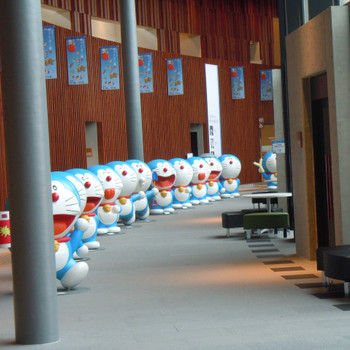How did Civil War technology differ from earlier military technology?
1 Answer
The effective application of Rifling made a huge difference on the battlefield. Railways solved many supply and mobility issues. Telegraph solved communications issues over long distances.
Explanation:
Rifling, the spiral grooving of gun barrels increased the effective ranges of muskets beyond that of smooth bore artillery. Muskets in Napoleonic times were notorious inaccurate and had only effective ranges of about 50 yards. The need to wait till the you "see the whites of their eyes" before firing was important. The problem was to get a reasonable rate of fire from a muzzle loading musket.
In the American Civil War the advent of the Minnie Ball made it possible for a muzzle loader to have effective rifling, a reasonable rate of fire and a conical bullet. This pushed effective ranges above 200 yards and maximum ranges to 500 yards.
Rifling of cannon also made significant differences. These new weapons were manufactured mostly in the northern states. As the war progressed the Northern forces tended to have more of these weapons than the South.
Railway construction had just started to create a transportation infrastructure in the United States. Major fighting, with some notable exceptions, took place along railway routes. The capacity of rail lines to deliver men and goods quickly made a difference. Again the North had more railways than the South.
Telegraph went hand in hand with railways. The ability to send multiple messages simultaneously down a single line was just developing. Telegraph gave the ability to send situation reports to President Lincoln on a daily basis. Generals were able to control spread out armies. This up to the minute reporting made a difference in some fast moving situations during the war.
This modern technology increased causalities considerably and made defensive more effective than offensive. As the South was on the defensive for much of the war it often made things go better for them than would otherwise be expected.

